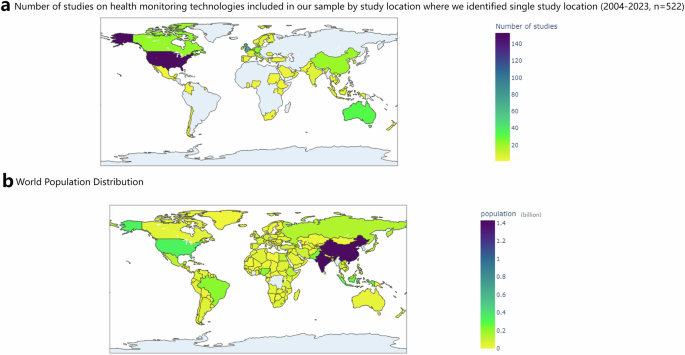Key Takeaways
- Hospitals are increasingly utilizing AI and digital health tools to enhance patient care and management, especially during public health crises like COVID-19.
- Challenges include ensuring equitable access to technology for diverse populations while balancing optimism and skepticism regarding digital health innovations.
- Recent studies emphasize the importance of user acceptance and the need for effective design and implementation of health monitoring technologies to support older adults and various patient groups.
AI in Hospital Settings
Recent advancements in artificial intelligence (AI) and digital health technologies are transforming patient care in hospital settings, particularly amidst health emergencies such as the COVID-19 pandemic. These innovations aim to enhance diagnosis, streamline operations, and improve patient outcomes.
AI systems can analyze vast amounts of data to identify patterns and predict potential health risks, allowing for timely interventions. Hospitals are integrating AI for tasks such as diagnosing conditions from imaging data and optimizing resource allocation during surges in patient numbers.
However, integrating these tools presents challenges, particularly concerning digital health equity. Ensuring that underserved populations have access to these technologies is essential for maximizing their benefits. Studies have highlighted the importance of finding a balance between techno-optimism and techno-skepticism to foster realistic expectations around new health solutions.
Focus on User Acceptance
The acceptance and usability of health technologies are critical factors for their success. Many studies suggest that user engagement and acceptance vary significantly among different demographics, particularly among older adults. For instance, wearables and home monitoring devices can enhance self-management for chronic conditions but must align with users’ needs and preferences to be effective.
Research indicates that older adults show interest in technologies that promote health monitoring and safety. However, concerns regarding privacy, usability, and the perceived burden of employing such devices often hinder their widespread adoption. Insights from focus groups underscore the necessity for designs that consider the unique challenges faced by older populations.
Systems Integration and Future Outlook
The integration of various health technologies at a systemic level is essential for effective healthcare delivery. This requires collaboration among all stakeholders, including healthcare providers, technology developers, and patients. Open communication about the capabilities and limitations of digital health tools will help address concerns and misunderstandings.
Moving forward, the focus will be on ensuring that these technologies are not only effective but also accessible and acceptable to all patient populations. Ultimately, the goal is to create a healthcare environment where innovation coexists with compassion, ensuring that all individuals can benefit from advancements in AI and digital health.
The content above is a summary. For more details, see the source article.















